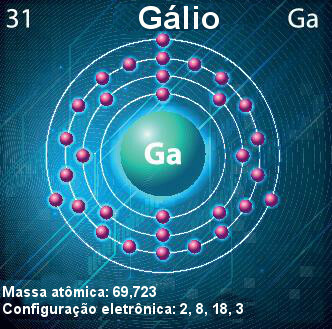We can transform two fractions that represent different amounts of the same integer, for example, 1/2 and 2/5 into fractions with equal denominators. This process is known as fraction reduction to the same denominator.
To reduce the fractions 1/2 and 2/5 to the same denominator, we must find the equivalent fractions to each one of them, that is, different fractions, but representing the same amount.
1/2 is the same as half of an integer, because we divide the integer into 2 equal parts and consider 1, so it is possible to divide this same integer into different parts and continue considering half of the whole, see:
All these fractions 2/4, 3/6, 4/8, and 5/10 are equivalent to 1/2, as it represents the same amount.
If we take this same integer used above and find fractions equivalent to 2/5, we will have:
As the fractions equivalent to 1/2 and 2/5 were found taking into account the same integer, we can say that the fractions 1/2 and 2/5 transformed into the same denominator would be respectively equal to 5/10 and 4/10.
A more practical way to reduce fractions to the same denominator is to find the least common multiple (least common multiple) of the numbers that represent the denominators, for example:
Fractions 3/20 and 5/6 have the numbers 20 and 6 as denominators and the least common multiple (mmc) between them is 60. Thus, the common denominator of the fractions 3/20 and 5/6 will be 60.
After finding the "new denominator" we have to divide it by the "old" and multiply the result by the numerator, we must always do this process, because if we change the denominator we have to find a numerator proportional. See how it's done:
by Danielle de Miranda
Graduated in Mathematics
Brazil School Team
Fraction - Math - Brazil School
Source: Brazil School - https://brasilescola.uol.com.br/matematica/reducao-fracao-ao-mesmo-denominador.htm



